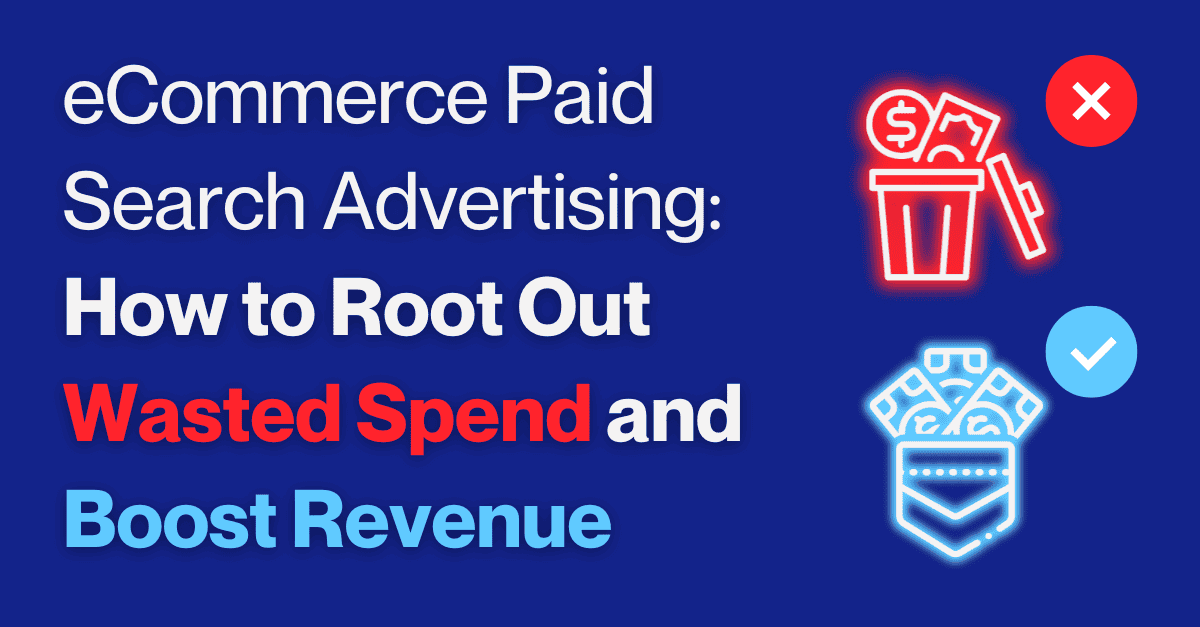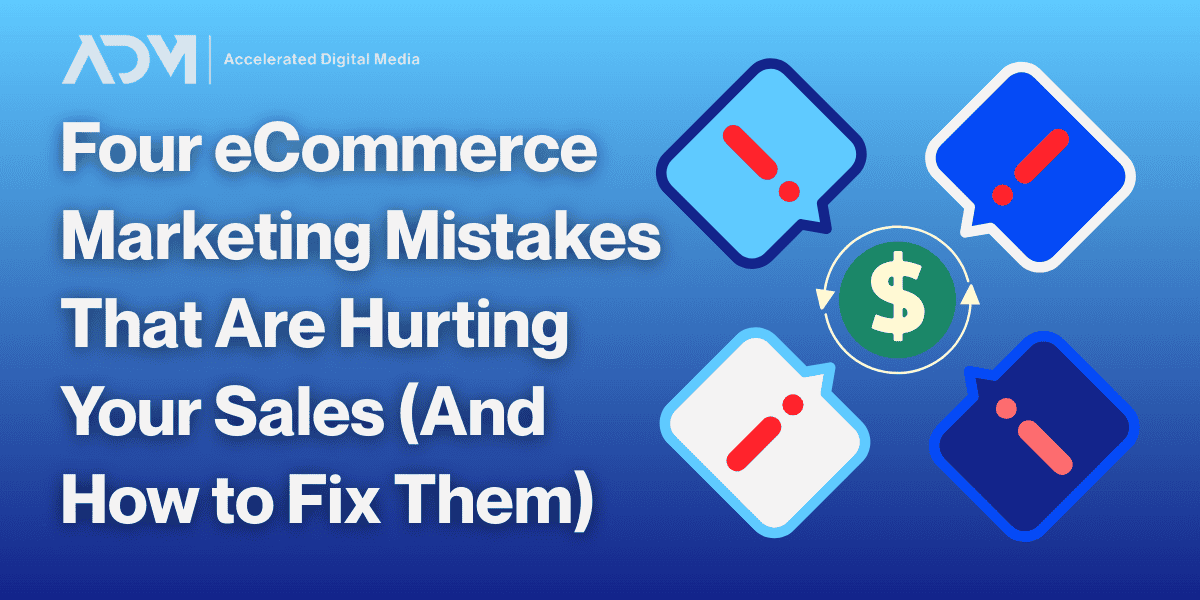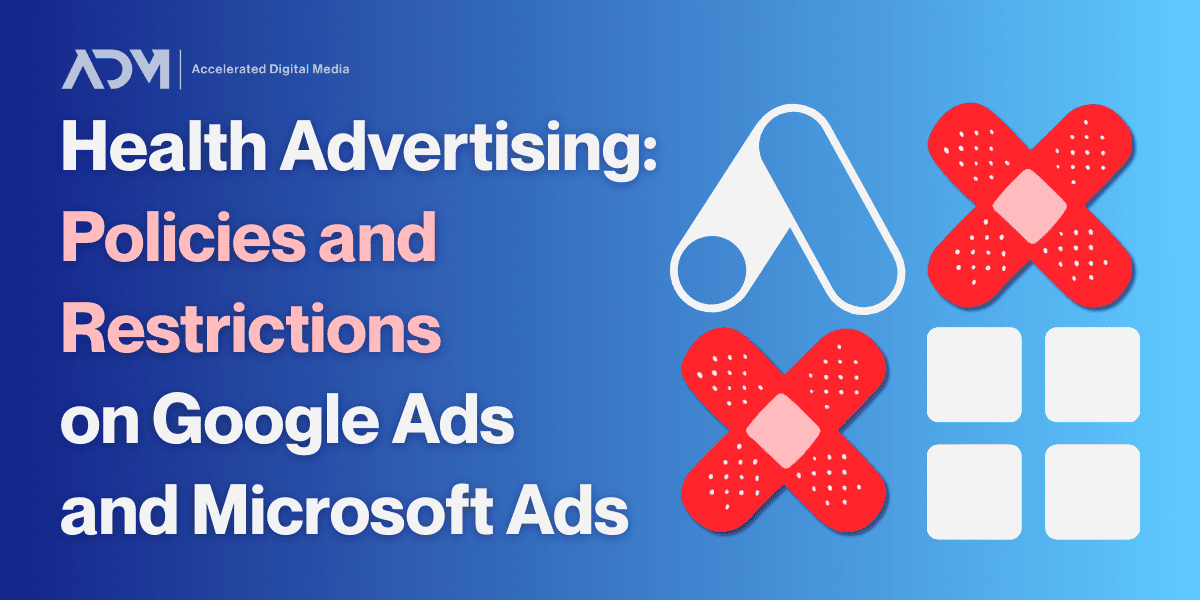Short of launching all-new products, it can be tricky to identify new revenue opportunities in mature eCommerce paid search accounts—but there are always changes that could be made that may lead to new revenue.
The key? Always be testing. What worked yesterday may not work tomorrow because the competitive landscape and user behavior both constantly evolve. A good paid search program should incorporate robust test plans designed to capture incremental improvements in all of the aspects below.
First, Root Out Wasted Paid Search Spend
Before looking to scale spend or invest in new directions, it’s vital to root out any wasted or inefficient spend in your current eCommerce paid search strategy. There are numerous keys to keep in mind:
Budget allocation should prioritize efficiency
A simple review of each campaign’s efficiency is always a first step. Ensure that the campaign categories with the most efficient return on investment are receiving priority across your account.
Ad schedules should fit your audience
Know when your customers are shopping. If your budget is being prioritized on weekdays but customers are more likely to purchase on weekends, ad schedules should be updated or removed to allow campaigns to spend during their highest performing times.
Conversion tracking should be geared to your goals
Audit conversion events to ensure that conversions tracked in your account accurately reflect the business model. Are some actions being listed as “conversions” when they represent less to your business than others? Should each product be given the same value, or should different products be given different conversion values based on varying prices? Also evaluate campaign conversion settings to ensure that each campaign is bidding toward the appropriate goals.
Search terms must be accurate to buyer intent
Evaluate search query reports to see if the search terms pulled in by keywords align with the keywords you are targeting. If certain related search terms are converting—but you aren’t targeting them verbatim in a campaign—consider building them as keywords in the account to reduce CPCs. When search terms are triggering your ads but don’t align with the keyword intent, negate them to refine traffic and spend on the terms more likely to convert.
If there are keywords that are consistently outperforming the rest of their ad group or campaign, it may be worth updating your account structure. Ideally, keywords with similar performance should be living in the same campaigns and ad groups.
Then, Find New Paid Search Revenue Opportunities
After you’ve controlled any waste that may be occurring in your account, you can start looking for ways to update and optimize it to generate even more revenue. Those include:
Embracing new campaign structure and types
Google likes to update its advertising offerings now and again, and being an early and avid adopter can pay dividends. Try to embrace the newest Google Ads functions early, rather than waiting around for existing campaigns and settings to transition automatically when the old formats sunset.
Performance Max, for example, is a potent alternative to test if Shopping campaigns are already live. These campaigns have additional signals to inform the campaign placements. They were a game-changer when they launched, and their AI-based algorithmic placement and targeting have continued to become better in the three years since its initial launch.
Maximizing your ad copy and creative
Google’s algorithms work best with a variety of options, which is why you should use all available assets in each campaign. This means having 15 headlines and 4 descriptions within Search ads and maxing out image and video slots with PMax campaigns. The more creative you give your campaigns, the better it is for the campaign to learn and test new combinations.
Your creative should always emphasize what makes your brand stand out from the rest. Benefits such as free shipping, loyalty programs, viral products (as long as they are in-stock), and new products can help sway a potential customer toward your brand.
Refining the information in your Google Merchant Center Feed
Advertisers should always be asking themselves: why should someone buy my product instead of a competing product? Your ads need to answer that question for users. Ensuring your ads clearly illustrate your product’s unique value will help it stand out and generate more revenue through more purchases. Test new creative headlines and imagery for shopping to stand out on the search engine results page (SERP). Evaluate what language competitors are using and what imagery performs well in other platforms to help improve click-through rate on shopping ads.
Taking advantage of your promotions and reviews
Highlight promotions wherever possible. Utilizing campaign-level headlines and descriptions are a great way to give visibility to promotional language highlighting sales without cutting into your existing 15 headlines and 4 descriptions. The more persuasive a deal is, the more likely potential customers will want to learn more and can be driven to make a purchase.
It’s also wise to emphasize your glowing reviews. Ratings can be integrated into your ads through partnerships with Trustpilot, Yotpo, or other review platforms. When seller ratings are as strong or higher than competitors, it can be a deciding factor for customers considering making a purchase from your brand.
And speaking of incorporating new platform features, a new product announced at Google Marketing Live will allow advertisers to take advantage of their first party data to reach members of their loyalty promotions with exclusive products or special pricing. Monitoring the rollout of features like these and preparing to take full advantage of them can prove beneficial once widely released.
Test your landing pages
Good landing pages are vital to effective paid search ads—they influence your Quality Score and ability to place ads, and then once you’ve brought a user to the site, their setup and appeal dictates your ability to generate conversions. Testing landing pages is a great way to help improve conversion rate for campaigns. This can be done in a couple of ways:
You can test multiple variations of the same landing page to determine how users react to new messaging. This can be useful when testing out a page that highlights a promotion or emphasizing the call-to-action.
Test two landing pages against one another. This can be useful when determining which landing page will drive a user to convert based on their intent. A great example would be comparing performance outcomes between sending users to a single product page vs. a collection page that displays an array of like items. This helps you better understand user preferences and what will yield more conversions.
Maintain a good Ad Quality Score
Ad quality score is another element of a campaign that can be impacted by several of the above factors—and if attended to, it can lead to lower CPCs and better ad positions. Ad quality score takes into account the expected CTR, ad relevance compared to a user’s search, and the landing page experience. In addition to the above, it is important to align user ad experiences with search intent to increase quality score and keep costs down.
Managing Paid Search Bids and Budgets for Revenue Growth
Budgets should always be allocated based on efficiency and return on investment while also considering product-specific volume goals. Testing different campaign bid strategy targets, or even trying out different bid strategies, can be a great way to alter campaign performance, particularly if your budget is capped.
Typically, target return on ad spend (ROAS) or target cost-per acquisition (CPA) are the recommended strategies for driving efficient paid search sales. Some exceptions can be worthwhile if they have other distinct business purposes.
If you offer multiple products at different conversion values, target ROAS can help campaigns optimize and generate the highest overall ROAS for your budget. Increasing ROAS targets, for example, can send a signal to Google campaigns to only bid when there is an expected higher return on investment. If you offer a very limited amount of products or products with the same conversion value, target CPA can help to maximize the total conversion volume while aligning with a specific CPA goal.
But just because those are the standard bid strategies doesn’t mean they’re the only ones. It can be worth testing others depending on your account goals. If it’s important for your business to maintain constant visibility for branded terms or high-impact non-brand keywords, target impression share bidding may be the right option—though investment in top-of-funnel tactics and KPIs (like visibility) should always be tied to a measurable impact on bottom-of-funnel volume, purchases, or revenue.
It’s important to see the signs when a campaign might have more room to grow. If the campaign is consistently limited by budget and capping budget while achieving ROAS that is above target, there is likely room to scale the budget for this campaign. One way to test is by allocating incremental budget increases to see if added budget results in consistent efficiency or if efficiency gets worse.
Another telltale sign is if a campaign is significantly overperforming its bid targets. This is a sign that the targets are not optimized, and they can be refined to produce more efficiency or more budget can be added to the campaign.
Designing Paid Search Accounts for eCommerce Growth
When ADM inherits a new client account, we typically go to work scouring their paid social account for wasted spend and undiscovered growth opportunities. But we know that the best way to guarantee a good return on investment from digital marketing is through a multi-channel strategy that ensures your message is heard by the right users at the right time.
If you’re looking to find those additional opportunities across your paid search, paid social, programmatic, and even measurement and tracking channels, reach out to the ADM team for a consultation or a full digital marketing audit.




